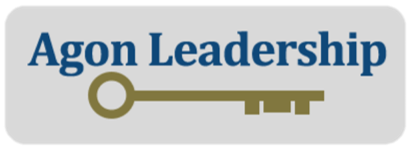Commitment Raises Trust

“People believe in those who stand through adversity. History’s leaders who have made the biggest impact were willing sacrifice for the greater good.” Demonstrating commitment definitely speaks louder than words in raising trust.
Commitment raises trust because committed people are reliable. They can be trusted to be a team member, pull their weight, be at work every day, share their knowledge and skills, and get things done. This lets others know they aren’t alone. They can count on help and support from the committed people around them. Leaders know they can delegate work to committed people without needing to check in on their progress throughout the day.
Yet, many people aren’t committed to their job or other responsibilities in their lives. And some who are committed to their work bring are in a negative mood much of the time, bringing down workplace morale. Let’s take a look at the components of commitment and how leaders can help employees develop positive commitment.
John Meyer and Natalie Allen developed the “Three Component Model of Commitment”. They suggest that there are three main factors that influence workplace commitment.
1. Affection for your job – emotional commitment
Some people have a strong emotional attachment to the organization and a passion for the work they do. There is likely a connection between their personal values and goals and those of the organization. They truly want to work there.
2. Fear of loss – continuance commitment
Some people, even though they do not enjoy their work or the workplace culture, are afraid to lose the known benefits of their current job because their next job might be even worse for them. They might have to take lower pay or accept poorer health insurance. They might not make any friends at their next job.
3. Sense of obligation to stay – normative commitment
Others, believe that staying with the same organization is the right thing to do. They believe in loyalty even if they struggle. They may feel obligated to stay because the organization has provided them with valuable training, even if they are so uninterested in their work that they have no workplace satisfaction.
The first factor, affection or passion for their job, is the one that drives employee engagement, builds morale, enhances workplace culture, and increases productivity. When leaders focus on developing engaged employees everyone benefits. This requires leaders to help employees understand how they can add value at work, provide clear expectations, praise workplace contributions, support skill development, and leverage employees’ interests and strengths by placing them in right-fit positions within the organization.
When leaders identify employees who may be there due to a fear of loss or a sense of obligation, it is particularly important to learn their strengths, provide work that better suits their interests, and help them identify aspects of their work which motivate them. This increases their affective commitment which reduces the impact of the other factors that keep them at their current job.
What can you do to increase your employees’ affection for their jobs so long-term employees add value and positivity to the workplace? Then their commitment to the organization will raise trust.

